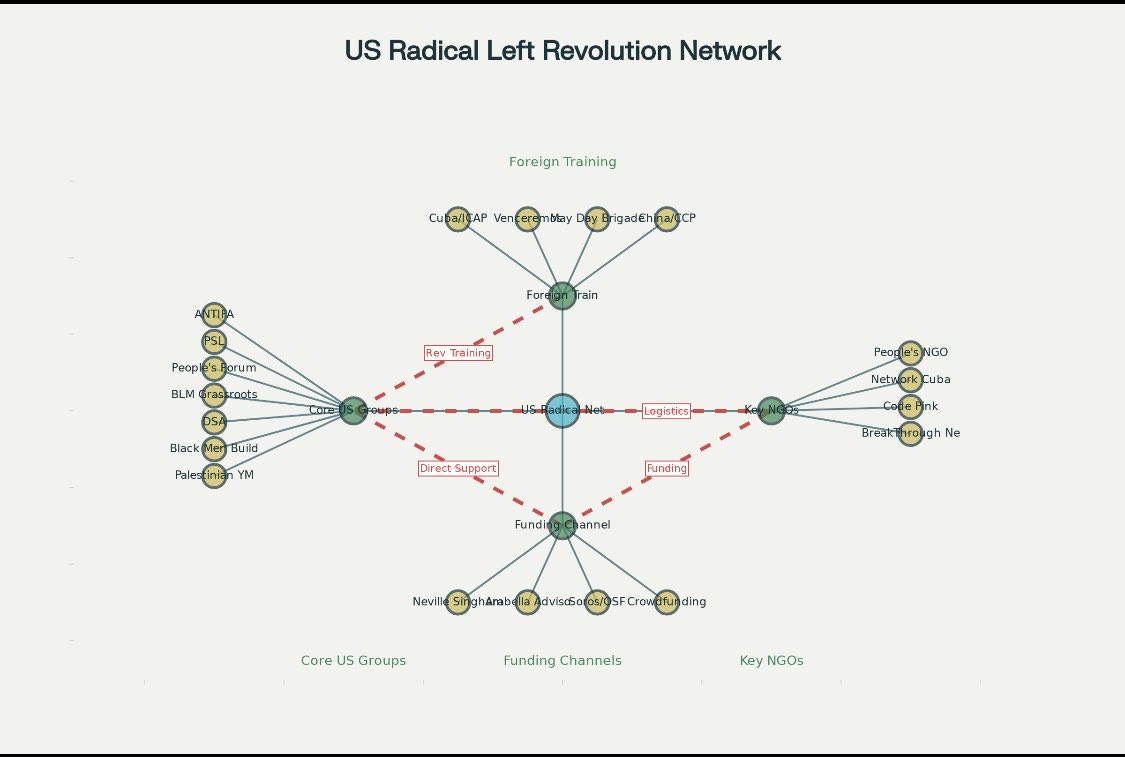
“Put on the whole armor of God, that you may be able to stand against the wiles of the devil.” Ephesians 6:11-13
65 subscribers
How to get URL link on X (Twitter) App



 AT THE TOP: Cuba’s Revolutionary Export Machine
AT THE TOP: Cuba’s Revolutionary Export Machine